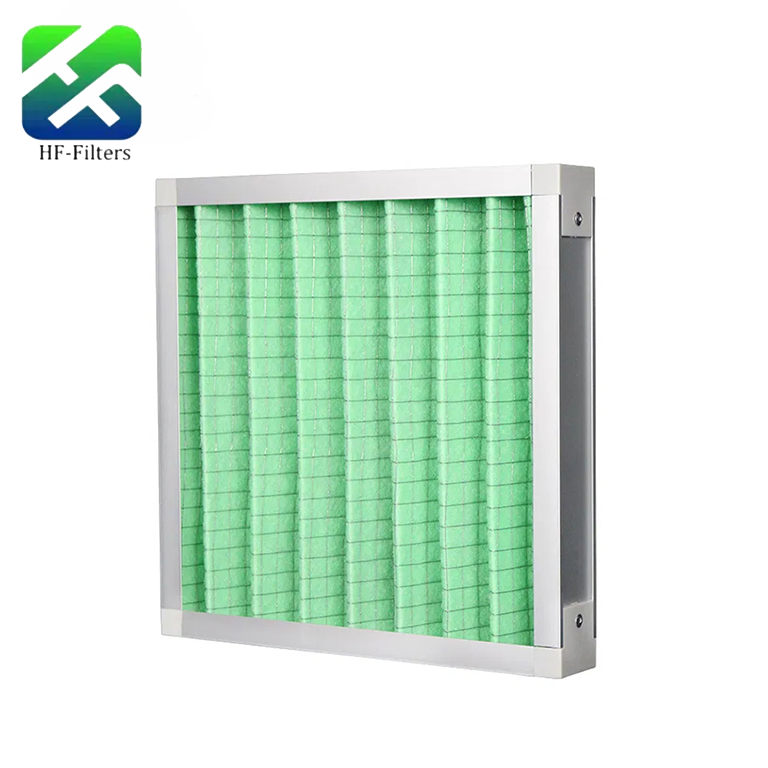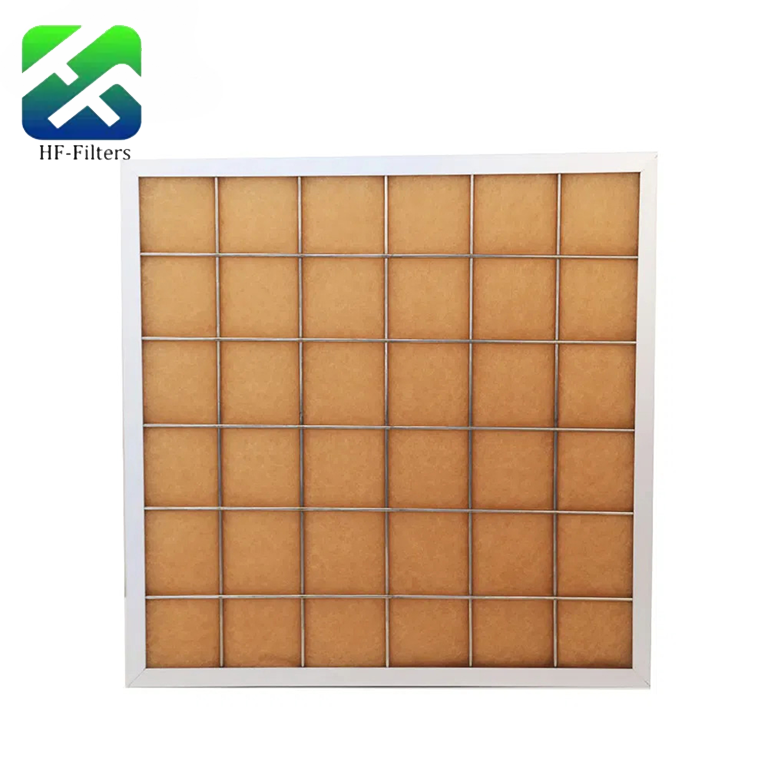In many production processes and living environments, we often use various types of air filters, among which primary filters are particularly important. Among primary filters, G3 and G4 are two particularly common types. So, what is the difference between primary filters G3 and G4? We will elaborate on this below.
- What is a primary filter?
A primary filter, also known as a “coarse filter” or “pre-filter”, is mainly used to remove large particles in the air, such as dust and suspended matter. It is the first-level filtration equipment in the purification system. G3 and G4 correspond to the European air filter standards, referring to the grades of primary filters.
- What is the difference between primary filters G3 and G4?
Different filtration efficiency: The main difference between G3 and G4 lies in filtration efficiency. Under the same test conditions, the filtration efficiency of G3 type is generally in the range of 80%-90%, while that of G4 type is in the range of 90%-95%.
Different filtration particle sizes: G3 filters are mainly used to filter particles with a diameter larger than 5μm, while G4 filters can filter particles larger than 1μm.

Different application environments: In terms of application environments, G3 filters are widely used in the pre-treatment of air conditioning systems and pre-filtration of coarse dust filters; G4 filters are more used in air conditioning systems of commercial buildings, airports, hospitals and other places.
- How to choose between G3 and G4 filters?
When choosing an air filter, we first need to understand the type and concentration of particles in the air, and then select the corresponding grade of filter according to actual requirements. Generally speaking, for general living environments such as residences and offices, G3 grade air filters are usually sufficient; for environments with particularly high purification requirements, such as hospitals and laboratories, we usually choose G4 grade filters.

Primary filters G3 and G4 are filtration grades designed for different particle sizes and different filtration needs. Understanding the differences between them can help us better choose the right air filter and maintain better air quality. We hope this article can provide you with some references. If you have any questions, please feel free to ask us.

